Many marketing pros are very well-versed in emailing prospective and current customers and getting them to become a customer or brand loyalist. Those who are new to the wide world of marketing and even some long-time marketers, however, don't fully understand how to develop effective transactional emails.
If you're scratching your head now -- either because you're not sure what transactional email are or you're not sure how they differ from other emails -- this is the post for you. While this email type has been discussed in-depth on this blog in the past, we haven’t really delved into the basics of them -- until now. Let's all get caught up to speed on exactly what transactional emails are and why they're an important part of your email marketing.
What Are Transactional Emails?
First of all, they're not just associated with ecommerce marketers (a common misconception). A transactional email is one a company sends to contacts, leads, or customers to help facilitate or follow-up on some kind of action the user has taken on their website.
Just what kind of action are we talking about, though? Well, it could be one of many things. Here are the most common actions that might trigger a transactional email:
- An order confirmation
- A kickback email for downloading a content asset -- like a whitepaper or an ebook
- A thank-you email for completing an action
Some transactional emails may prompt the recipient to take some sort of action, while others simply serve as a confirmation of some sort and require no action. These messages are simply a way of confirming something happened as a result of user action, or sometimes, even communicating additional information related to the action they took.
For instance, one might combine a thank-you transactional email with an offer download email -- and even include an upsell, a cross-sell, or other information that helps move the recipient further down the sales funnel.
We do this sometimes here at HubSpot -- a visitor downloads an ebook, they receive a thank-you email that also includes a link to the ebook, and we then insert another ebook or offer they might be interested in reading along with it.
And it turns out, that's a pretty smart thing to do, too.
Transactional Emails Provide a Great Marketing Opportunity
Many businesses assume they should only be sending transactional emails to customers when they purchase something from them. But remember, you don't have to be an ecommerce marketer to send a transactional email -- it can be sent for any meaningful transaction, whether money's exchanged or not.
And that's where a huge opportunity presents itself to marketers. A transactional email is typically sent after a significant action is taken by a visitor to your website -- an action that denotes they trust you, are interested in you, and want whatever it is they signed up for. That is why transactional emails have among the highest open rates of all email types -- because the recipient it interested in the contents of that email.
If your recipients are opening your transactional emails, then it's an excellent opportunity to provide additional information that you want those readers to know about your company.
Do you do anything creative to take your transactional emails to the next level and help them do more for your business? Share your ideas in the comments!
Image credit: Jon Ashcroft


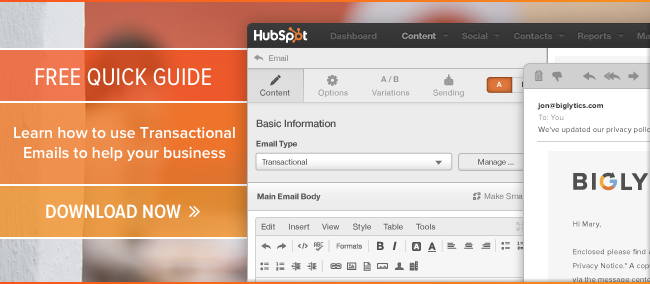
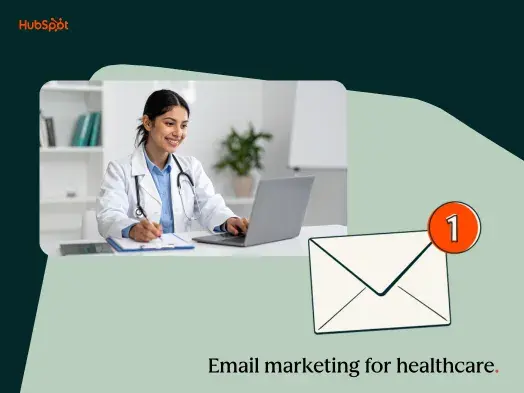
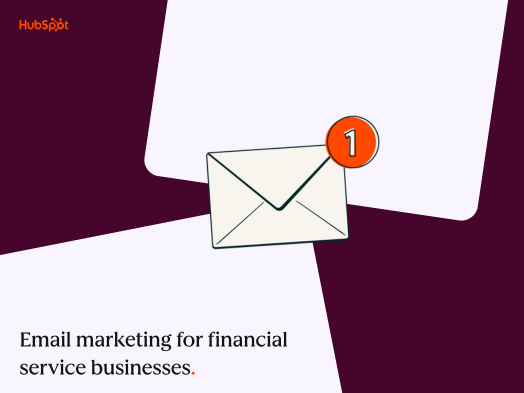
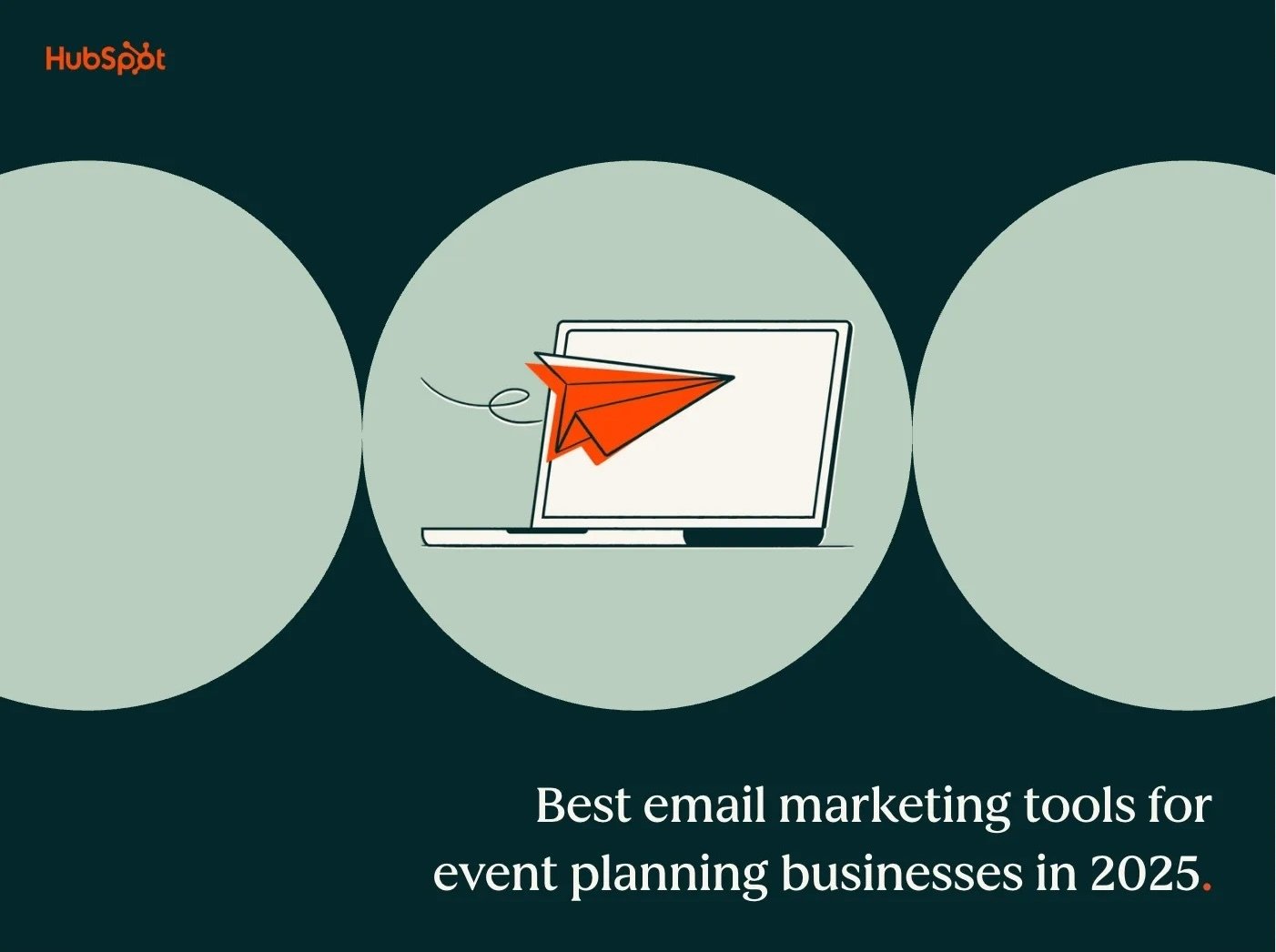
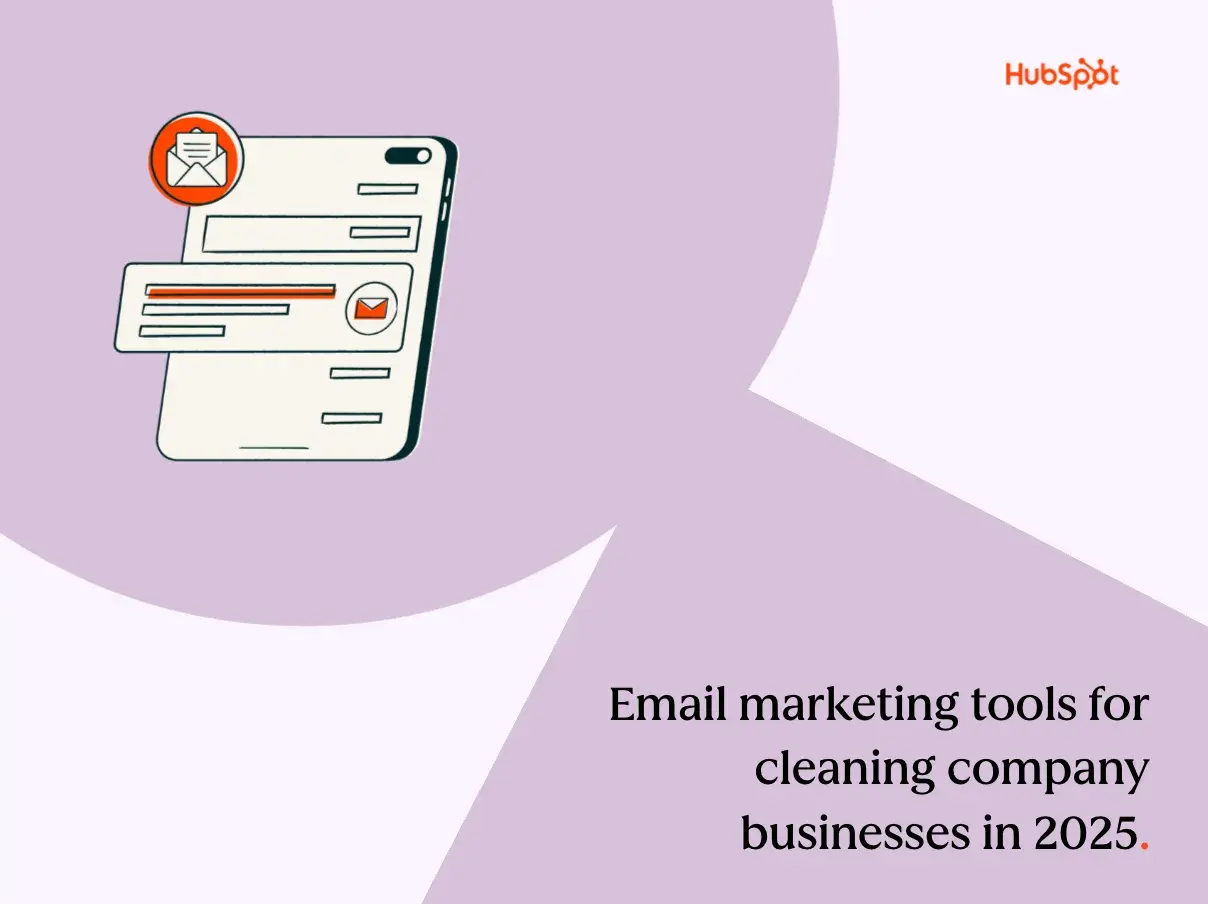
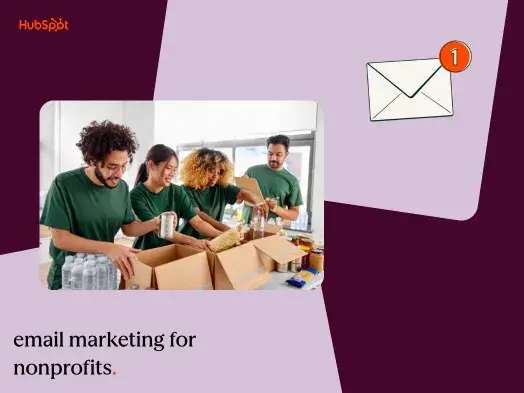
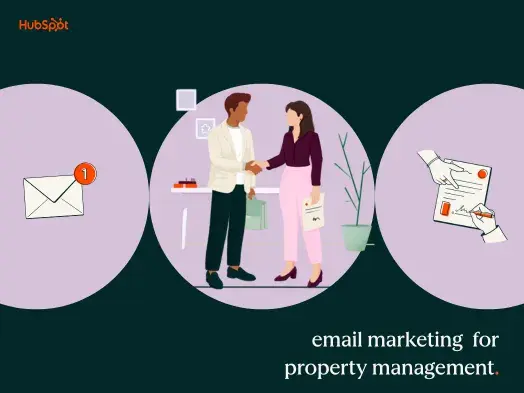
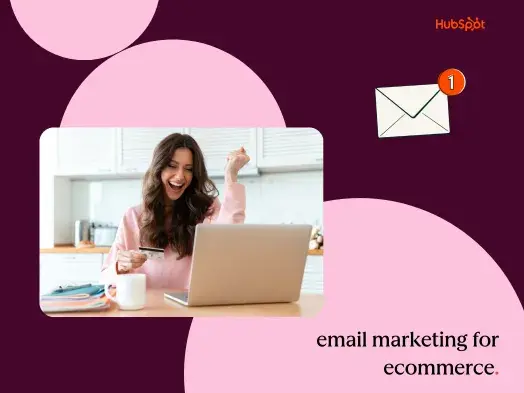

-Oct-23-2025-06-26-28-6723-PM.webp)
